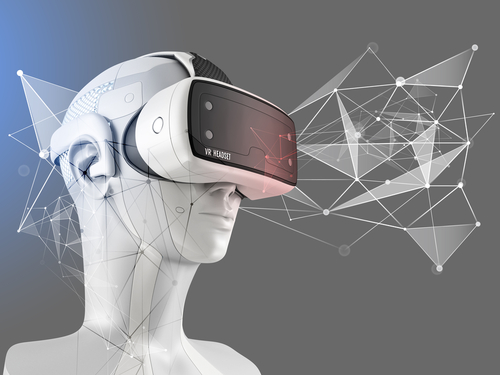Using Virtual Reality Games in Therapy Improves Motor Function for CP Children, Study Suggests

Playing virtual reality games as part of a physical and occupational therapy program can increase motor performance among children with cerebral palsy (CP), a new study suggests.
The study, titled “Effect of virtual reality therapy on functional development in children with cerebral palsy: A single-blind, prospective, randomized-controlled study,” was published in the Turkish Journal of Physical Medicine and Rehabilitation.
For people with CP, rehabilitation broadly involves treatments and exercises aimed at increasing motor function and preventing the development of new problems. This often involves a combination of physical and occupational therapy, as well as other treatments.
In recent years, as technology has become more developed and accessible, virtual reality (VR) has gained interest as a tool that could be implemented into this kind of rehabilitation. The idea is that allowing people — particularly young children — to do exercises in a manner that might be more fun and engaging than traditional therapy would increase participation and motivation.
However, whether such treatment interventions would actually improve motor function has not yet been thoroughly tested.
The new study enrolled 41 children with CP — 28 males, 13 females, age range 5-15 years — who were divided into two groups. The 20 children in the control group were engaged in conventional treatment methods, including neurophysiological and occupational therapy. The other 21 children, in the VR group, also underwent conventional treatments. However, in addition, they participated in a total of 12 one-hour VR therapy sessions for three days per week over the course of four weeks. There were no notable clinical or demographic differences between the groups.
During the VR sessions, the children played sports games — basketball, swimming, tennis, etc. — on the Sony PlayStation 2 EyeToy, a commercially available VR system. These games require moving the body as a means of playing.
The researchers measured motor function — manual function, functional level, and mobility — in both groups before and after the intervention using three tools: the Bimanual Fine Motor Function test (BFMF), the Gross Motor Function Classification System (GMFCS), and the Functional Mobility Scale (FMS).
Prior to the intervention, there were no significant differences in any of these measurements between the two groups. After the intervention, all three scores significantly improved in the VR group — but not in the control group.
“Our study results showed that there was a significant improvement in the function and mobility in the CP patients receiving VR therapy,” the researchers said.
The researchers said that this was, to their knowledge, “the first largest-scale study including a control group to investigate the effect of VR therapy on motor and functional development in children with CP.”
Although more research will be needed before these findings can be considered conclusive, the results do indicate that adding VR to therapy for children with CP can have distinct benefits beyond what would be attained with conventional care alone.
“We believe that [virtual reality] therapy is a treatment method which can make a positive contribution to motor function in children with CP and that children with CP are able to be motivated and have fun with this method with voluntary exercises,” the researchers concluded.


